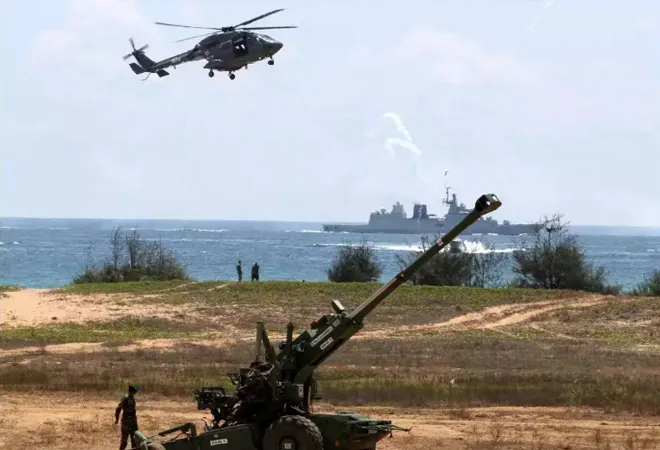SOURCE: AFI

India is taking a significant step towards reforming its military structure with the theaterisation of its armed forces. This long-awaited initiative, gaining momentum under the current government, aims to create a more unified and efficient defense apparatus.
The theaterisation plan comes nearly a decade after China implemented a similar restructuring of its People’s Liberation Army. India’s theaterisation initiative signifies its commitment to modernizing its military and enhancing its response capabilities in the face of evolving security threats.
The current government, led by Prime Minister Narendra Modi, has reportedly set an ambitious target. They aim to begin the reorganisation process for these unified theatre commands within a year of the new government taking office.
Currently, India’s defense forces operate under a service-specific command structure. Theaterisation seeks to overhaul this system by integrating the Army, Air Force, and Navy under a single, unified architecture. This will foster greater synergy and jointness between the three services, enabling them to function as a cohesive fighting force.
Each geographically defined theatre command will comprise elements from all three services – Army, Air Force, and Navy. This unified structure will allow for more streamlined planning, resource allocation, and execution of operations.
Reports suggest the creation of two integrated theatre commands – one each to counter threats from Pakistan and China, along with a separate maritime theatre command. However, an alternative proposal within the armed forces advocates for three service-specific theatre commands, one for each branch of the military.
While theaterisation presents significant benefits, it also comes with challenges. Successfully implementing such a complex reform requires careful planning, addressing potential resistance to change within the existing structure, and ensuring smooth integration of new command systems.
The theaterisation of Indian armed forces promises several advantages:
- Enhanced Operational Efficiency: A unified command structure can streamline decision-making and resource allocation, leading to swifter and more effective responses to security challenges.
- Improved Inter-Service Coordination: Breaking down service silos will foster closer cooperation and communication between the Army, Air Force, and Navy, ensuring a more coordinated approach to warfare.
- Optimisation of Resources: Theaterisation can lead to a more efficient use of military resources, potentially leading to cost savings.